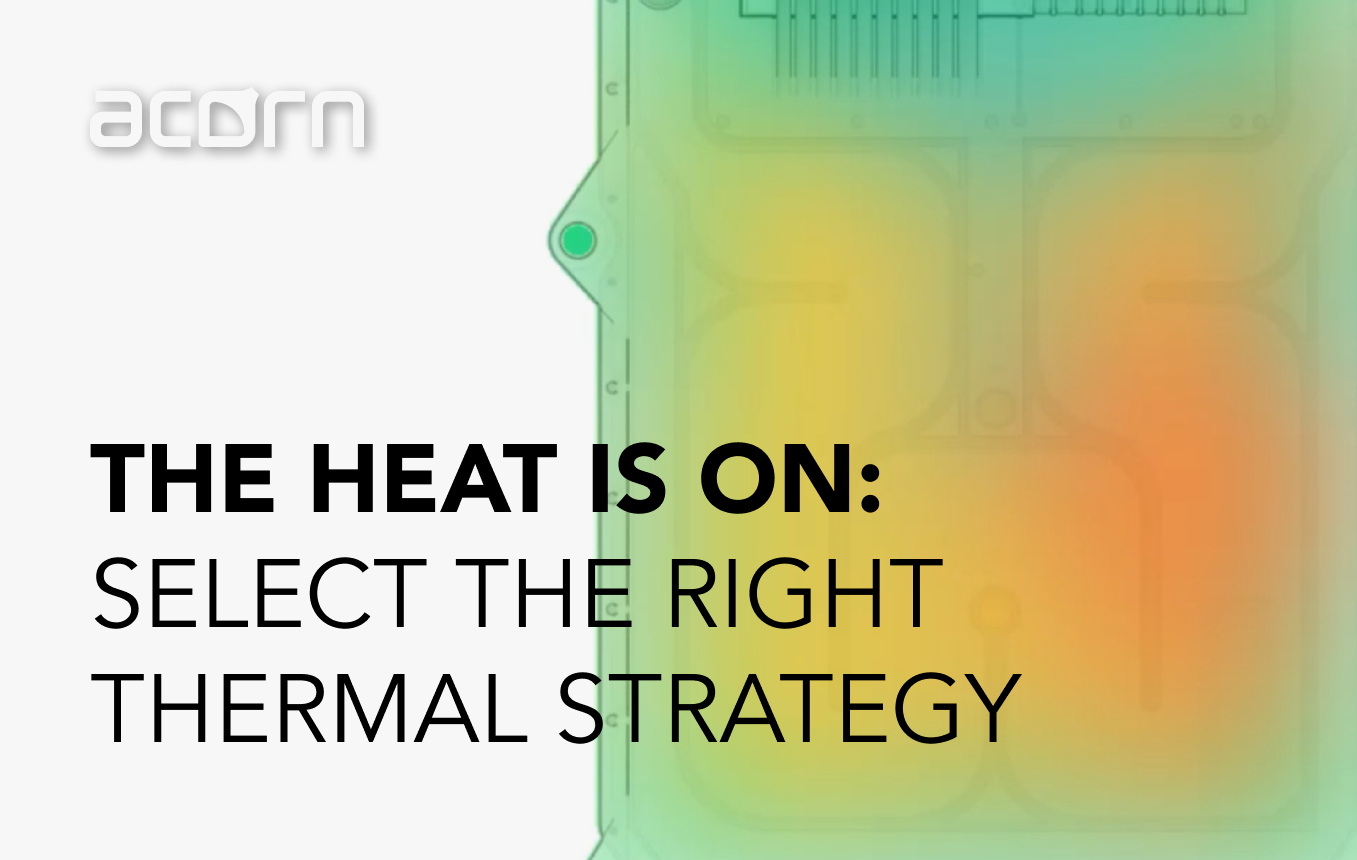The Need for Industrial Design for Robotics Products
Robotics design has, for the most part, been in the hands of engineering for design. The sheer complexity of the mechanical and electrical systems, coupled with the fact that robots are still in the “early adopter” phase of market acceptance (we’re referring to autonomous or semi-autonomous robots) have focused design teams on getting the basic functionality working.
But as robots start to move more mainstream and take on tasks that cause them to interact or be in environments with more people, user experience design and industrial design will play an increasingly important role. How the robot should physically look, interact with people, use cases, will play an increasingly important role in the successful design of a robot. On a broader scale, many people are fearful of robots and the impact they may have on their daily lives – what are those fears, and how can design lessen them?
The Knightscope robot is an example of a robot that combines user experience design and industrial design – it has been physically designed to be somewhat friendly yet serve a purpose as a potential deterrent to criminal behavior. The targeted use is securing large outdoor spaces, keeping areas such as parking lots, corporate campuses, and hospitals safe autonomously. From Knightscope’s website: “If a marked law enforcement vehicle were placed in front of your facility, criminal behavior would dramatically change. ADM’s have the same impact. Weighing in at 400 lbs and standing over 5 feet tall and 3 feet wide, the K5 balances a commanding physical presence with an absolutely fascinating technology that provides a positive, “state-of-the-art” image for your operations.”
The Knightscope K5
Autonomous delivery robots – from drones to robots that can deliver hot pizza, or groceries are also receiving a good deal of attention lately. These robots will need to get from wherever they are loaded with the payload, to the destination (or multiple destinations). And while the safe and reliable navigation is challenging, so is how the robot appears to and interacts with people (and animals?), from the warehouse, to people who come across the robot on its journey, to the end recipient of the product. The successful adoption of these robots will depend not only on how well they can carry out their tasks, but also how well accepted they will be in the environments they will operate in.
Here is a sampling of potential issues that user experience / industrial design is likely needed to solve:
Overall appearance of the robot – it may come across people of all ages, nationalities, backgrounds, etc. – how should this robot look to best co-exist with people while minimizing concern? Should it appear human or have human qualities, and if so, which ones?
If the robot is targeted to be used in a populated area, how should it operate safely? Should it announce its presence with sound, lights, or some other means, or combination of things? Should there be different sounds/lights depending on what the robot is doing or about to do?
How should the robot best interact with the recipient of the payload to insure it’s being delivered to the correct person/address? What happens if it makes a mistake?
If the robot itself is having difficulty completing its task, how best should this be handled? If it breaks down in the middle of the street, or gets stuck?
Of course, there are also potential hurdles when it comes to how local and state governments and municipalities will allow these robots to operate and what constraints or requirements they may impose on their design and operation.
It may take some time before we see robotics-based UPS trucks or Amazon drones delivering packages, But what’s clear is that the complexity of the issues for robots that are targeted to be “mainstream products” will necessitate a strong collaboration among user experience design, industrial design, and engineering in order for those products to be successful.




